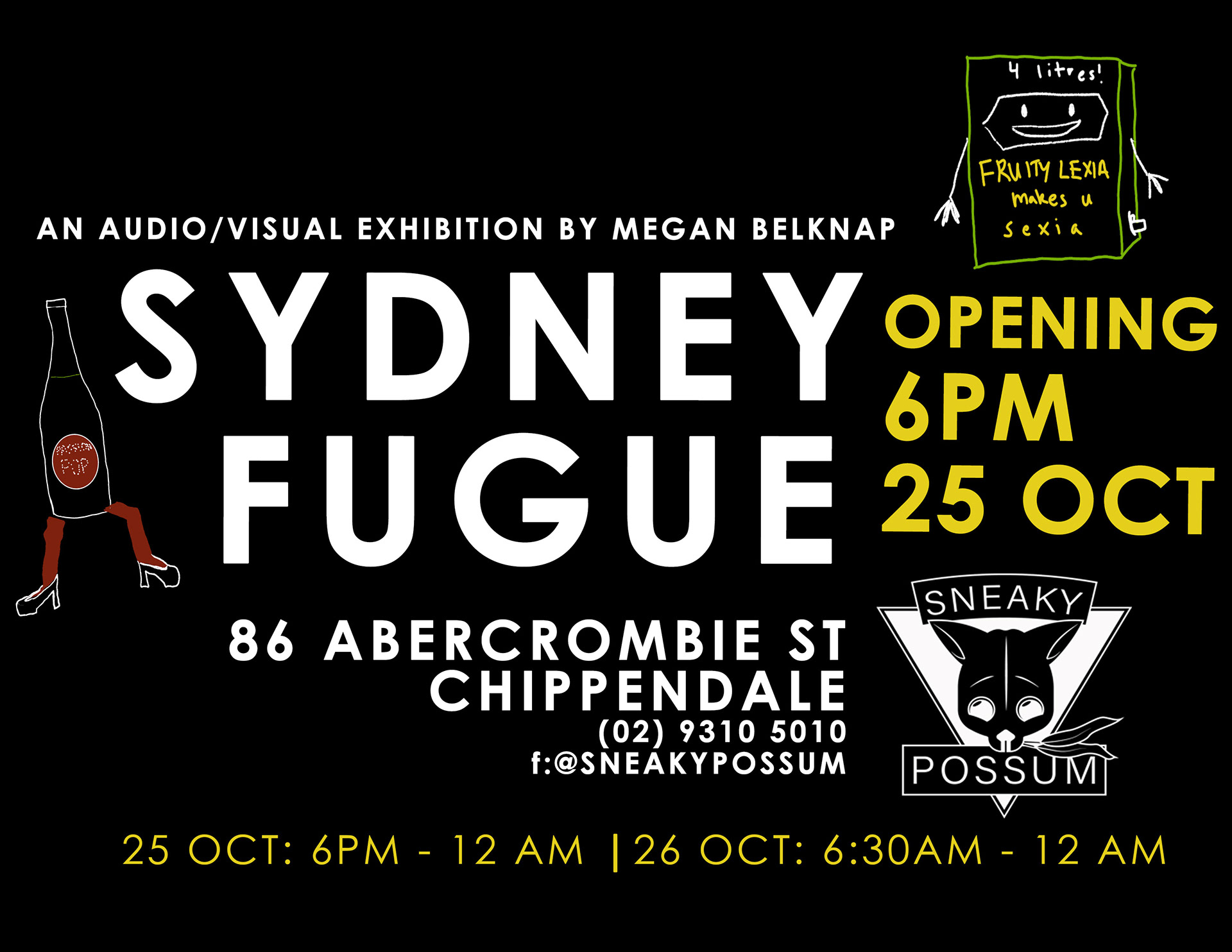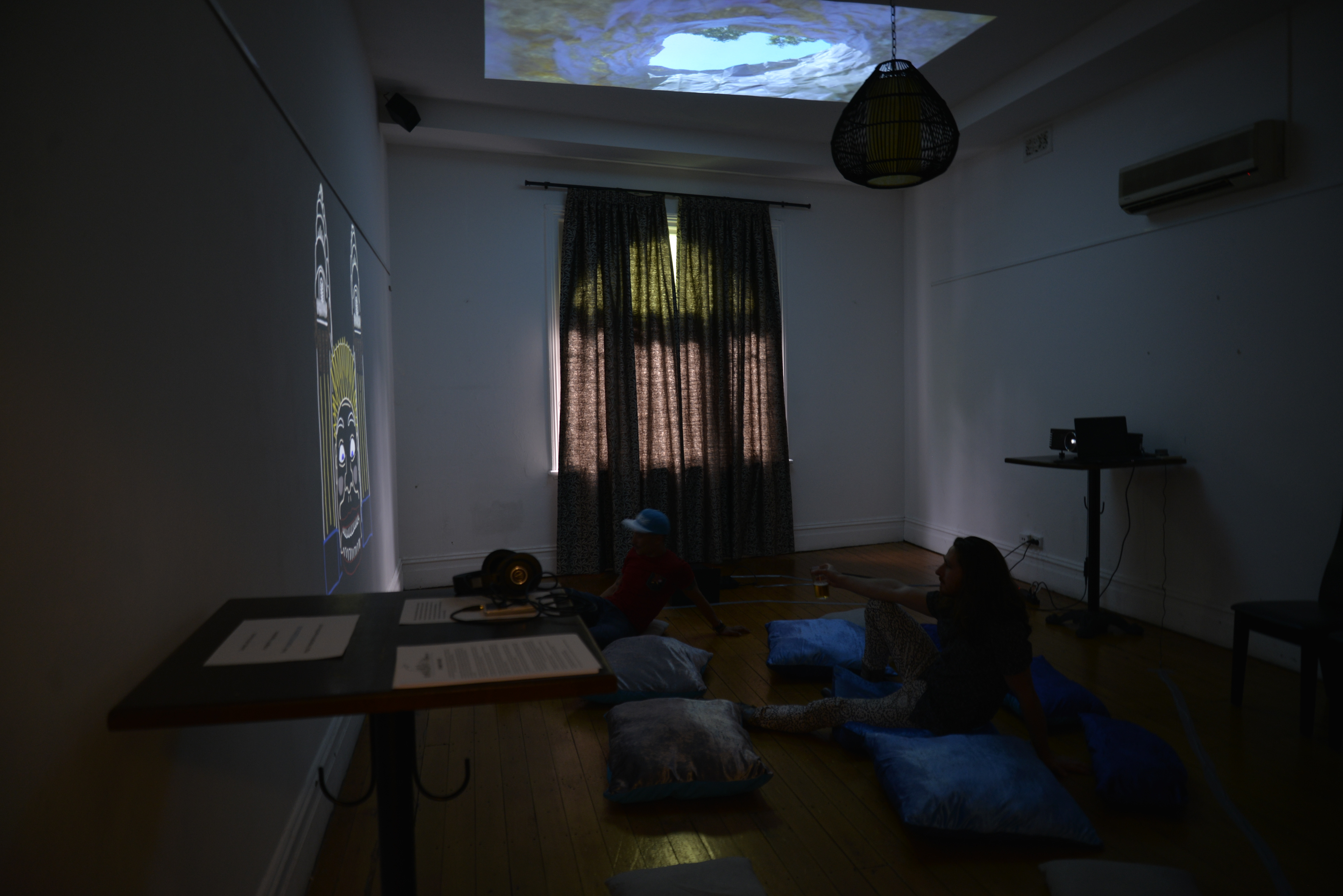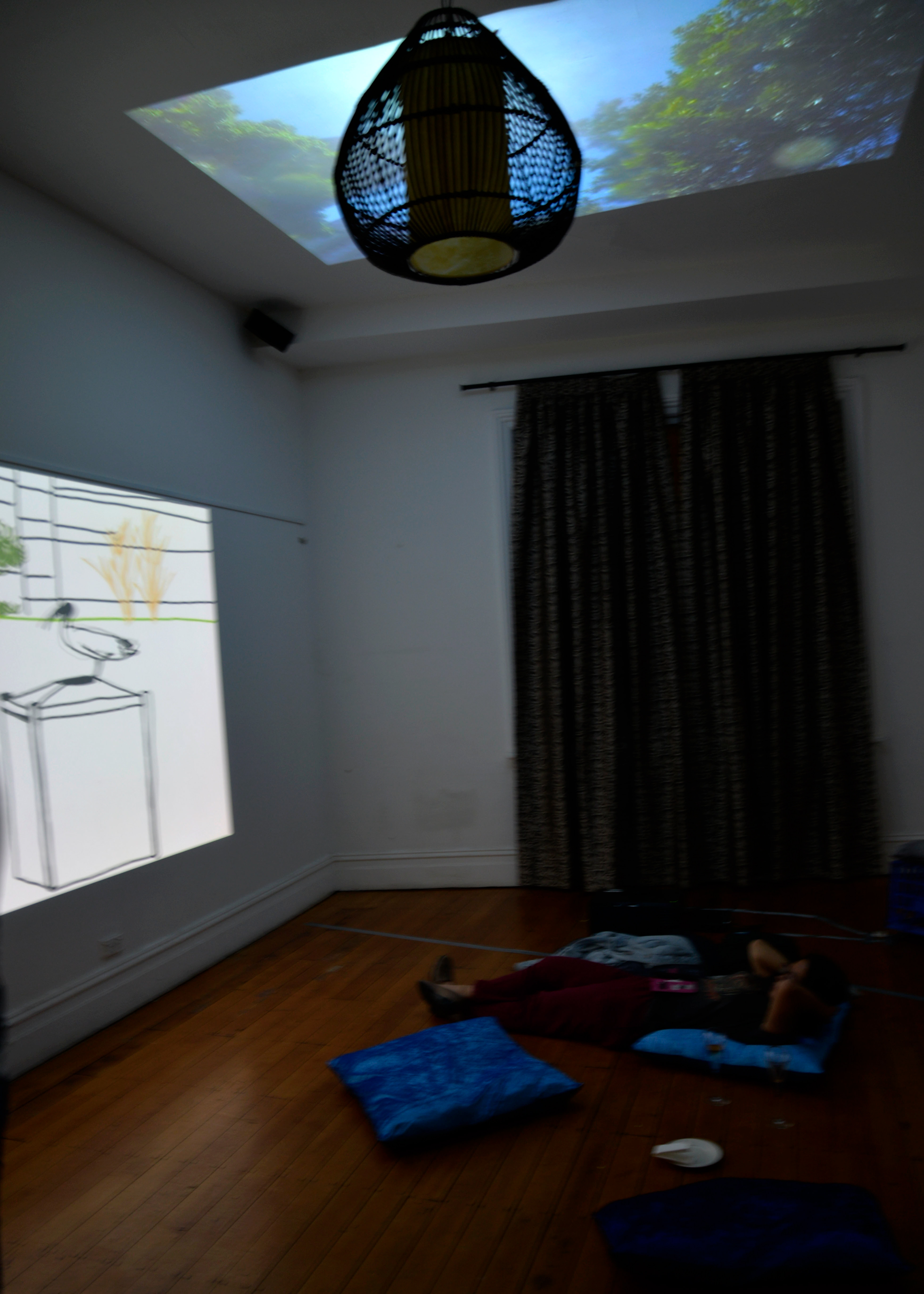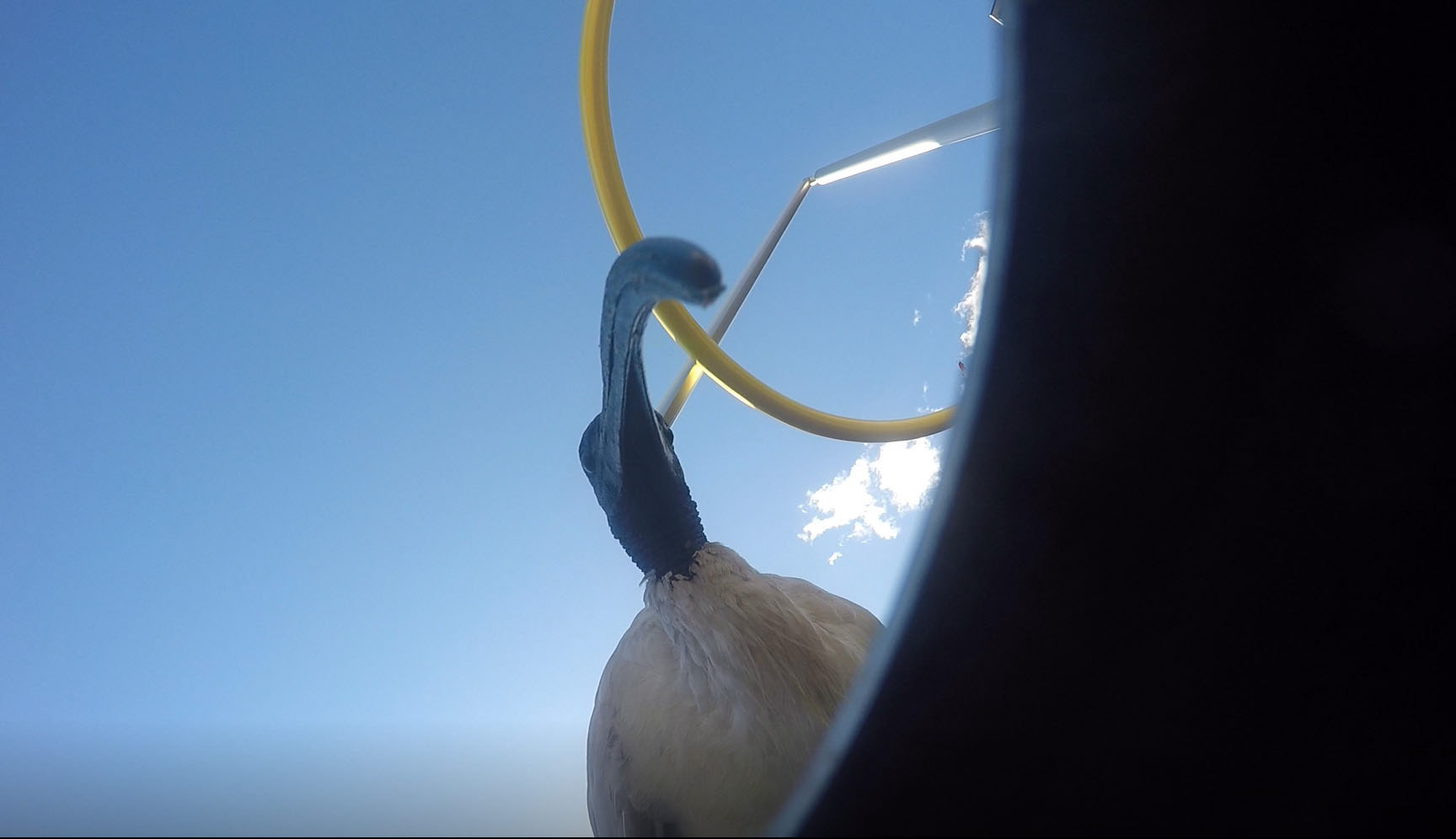





Sydney Fugue is an audio driven work that explores the sounds of Sydney and what they reveal about the city’s cultural narrative. For a ten week period in 2017, Megan Belknap has gathered over 200 field recordings from public and shared spaces in the CBD, Circular Quay, Paddington, Bondi Junction, Kings Cross, Newtown, Glebe, Chippendale, and Central Station. The recordings focus on pedestrians, buskers (street musicians), traffic, wildlife, and construction sites.
Megan, originally from the USA, then compiled the various recordings into one audio track. The intent was never to represent an objective view, rather she acknowledges the inherent subjective role of the artist as compositor. As a result, Sydney Fugue showcases her own outsider experience of Sydney.
While she has endeavoured to make the audio track seamless and unobtrusive, it may be clear to the listener that there are episodic divides in the track that reflect different aspects or areas of the city.
Megan believes that the ways in which sounds vary from place to place is key to understanding a location’s unique identity. The act of active listening lends to an understanding of the culture and contemporary experience. Her goal is to draw attention to the sounds that many may have grown accustomed to in their day to day lives, and thus point out the significant in what we take for granted.
Megan’s initial inspiration for this project was the unfamiliar and unique sounds of Australia. The most obvious differences when she first arrived in Western Australia four years ago were the sounds of the bush and the native bird calls – the crows, cockatoos, magpies, and kookaburras.
When focusing on her aural experiences in Sydney, she found the abundance of languages, accents, and viewpoints to be a clear but kaleidoscopic representation of the urbanisation, globalisation, and shifting cultures in this global city.
“For what we hear is not mostly what we see, nor can it strictly be pinned down to a given source, or brought into language. Often sound is what lends to directing our visual focus—we hear something and this tells us where to look; it eases around us in a flow of energy to which we unconsciously respond. Sounds are associated with their original source, while also becoming their own thing, separate and constantly blending with other sounds, thereby continually moving in and out of focus and clarity.” (LaBelle, 2010)
Although Megan has animated visuals inspired by her audio work, you are invited to close your eyes and simply listen, and see what is evoked by your own imagination.
With Sydney Fugue Megan is establishing a structural framework for what will become a series based upon and devoted to the various locations in which she has lived and may find herself in the future.
Sydney Fugue (Main Animation): 3 minutes 58 seconds (looped)
Spying on Bin Chickens (Video Work): 9 minutes 38 seconds (looped)
LaBelle, B. (2010). Acoustic Territories : Sound Culture and Everyday Life. New York: Bloomsbury Academic & Professional.
Sydney Fugue (Main Animation): 3 minutes 58 seconds (looped)
Spying on Bin Chickens (Video Work): 9 minutes 38 seconds (looped)
LaBelle, B. (2010). Acoustic Territories : Sound Culture and Everyday Life. New York: Bloomsbury Academic & Professional.
